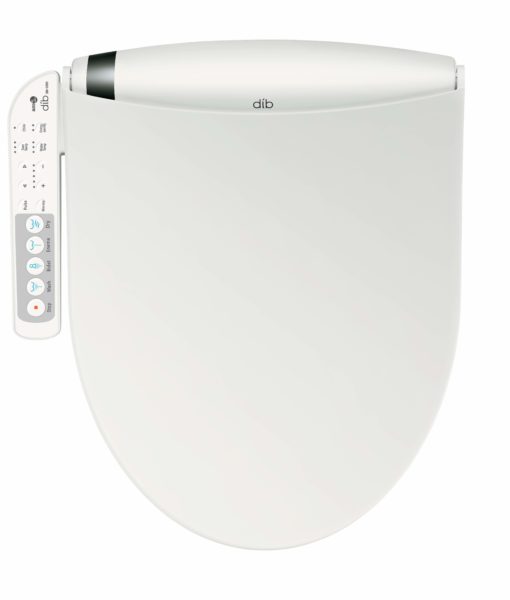
Contemporary Bidets
Choosing a bidet over a toilet paper is a major trend right now almost everywhere – some reports show that 60 percent of homes in Japan, for example, have a bidet installed. Many people decide to do it for hygienic reasons – it’s true that cleaning your genitals with water instead of toilet paper is more natural, more effective, and even healthier because of the therapeutic effect water can have on the skin. However, contemporary bidets have another huge advantage over toilet paper – it’s their environmental friendliness, so here’s why installing a bidet in your bathroom is a pretty green thing to do.
Saving water
Although it might sound counter-intuitive, using a bidet to clean your underside instead of toilet paper is actually a great way to save water even though you use water in the process. The thing is that a lot of water is needed to produce toilet paper in the first place. The production of a single sheet of paper takes up to 3 gallons of water while when using a bidet you only need a light water pressure for a short period of time.
Most bidets spray for only 15 seconds or so and with these modern ones you’ll probably have an option of adjusting the water pressure to your needs. Of course, a bidet must be properly functioning in order for it to be truly efficient and eco-friendly so inspecting it regularly and fixing any leaks the moment they appear is a must. That’s the only way you can actually prevent water waste and feel its full environmental benefits.
No electricity waste
Once again – although contemporary bidets use electricity to heat water and seat, producing toilet paper still takes up a lot more energy and electricity. Besides using a lot of material (1.5 pounds of wood per toilet paper roll), for making a single roll of toilet paper, you’ll need 1.3 kilowatt/hours of electricity. By switching to a bidet, you can decrease the demand for so much toilet paper production and cut down electricity waste.
As for saving energy in your own home, you can choose how you would like to use your bidet and thus lower your electricity waste. For example, you can now find bidet toilet seats with water and seat heating systems that can actually save energy. Advanced technology that includes sensors will lower down your energy costs and provide you with ultimate comfort. On the other hand, you can always choose not to heat your seat and go with cool water and save even more.
Preventing pollution
There are plenty of ways how toilet paper pollutes the environment and it starts at the very beginning –with cutting trees to turn them into paper and finishes with you flushing the toilet down the sewer and thus clogging the pipes, adding load to city sewer system, and making the job harder for water treatment plants.
Besides, the paper industry is the third largest industrial emitter of global warming gasses while transportation of toilet paper to the consumers needs a lot of fuel thus creating the air pollution as well. EPA research showed that about 28 percent of household waste is paper and since paper can only be recycled several times – it’s clear how switching to bidets can make you a Mother’s Nature best friend and a big fighter against pollution.
All of the above being said, it’s true that environmental benefits of contemporary bidets are undeniable. Nowadays, they come in form of attachable bidet toilet seats and they’re pretty cheap and easy to install, not to mention how much eco-friendlier than toilet paper they are. That’s why giving a shot to bidet is only a logical thing to do!
 WhosGreenOnline.com Your Online Magazine and Directory for Green Business, Product, Service and News!
WhosGreenOnline.com Your Online Magazine and Directory for Green Business, Product, Service and News!

